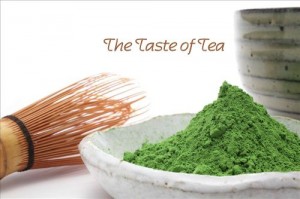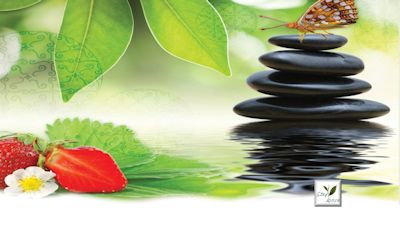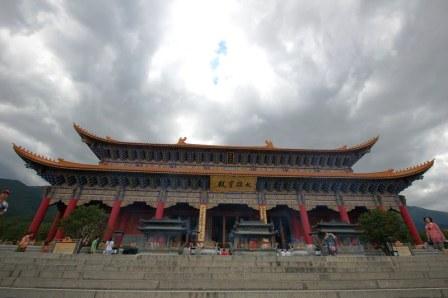See how to make Matcha using automation while retaining tradition.
If you love Matcha, consider yourself an enthusiast or someone who just wants to know more about Japanese Teas, this video is for you. Tea Docent Nez captures all of the details from how the plant is grown, to picking, processing, how to grind and shows you the proper tasting method used to evaluate teas. You might be surprised to learn tasting evaluation has nothing to do with the way you would actually enjoy drinking the tea, but is rather a very standardized process to judge specific nuances, both good and bad. You will also quickly come to understand why there are so many varieties of Matcha, why the color can be very green or almost brown. You can then choose the level that is best suited for your use and desires.
If all of the attention to detail in creating Matcha peeks your interest, you may want to consider learning more about Chanoyu practices. Sen Rikgu said: Tea is nothing more than boiling water, making tea and drinking it. Which could explain why the ceremony is called Chanoyu meaning simply – hot water for tea-However it is this simplicity that makes the study of Chanoyu a lifelong pursuit. The Uransenke Foundation in Kyoto Japan is the first school where the study of what would seem outwardly so simple into practices which can be so deep began. In 1981 Christy Bartlett and Michael Kane were sent from Japan to establish the first Uransenke Foundation in San Francisco, which continues today to enthusiastically continue to provide resources in North America. You can learn from Uransenke Foundation starting with a visit to their site.
How you do you enjoy Matcha? Traditional style or as an ingredient to your recipes and blended drinks?









